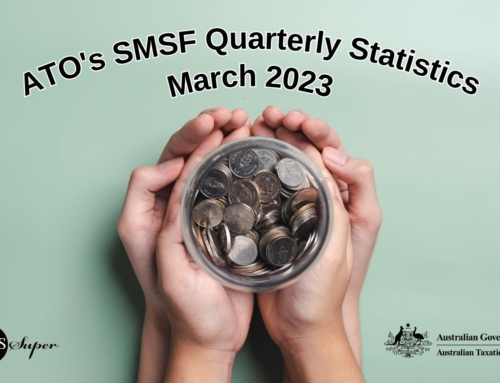Changes to quality and cost of advice
in 2021, the Australian government will review the necessary steps that are required of the industry and its regulators to improve access to good quality and equally affordable financial advice. This review intends to reduce the costs of SMSF advice without compromising on quality for trustees. Any changes made will hopefully make it simpler for advice to be scaled appropriately to the areas relevant to the advice, disregarding the need to invest in an expensive total advice package. This potential change could prove beneficial for those looking to invest in their SMSF but are hesitant due to the cost.
Whilst transitional rules apply, some trustees may discover that in 2021 they need to appoint a new auditor. SMSFs with property assets must ensure that they make the necessary lease adjustments with their tenants as COVID-19 release measures begin to be wound back.
This is especially important where there is a related-party tenant to ensure payments are consistent with a standard commercial lease arrangement where the tenant is unrelated to the fund’s trustees. This same principle applies where an SMSF has borrowed money under a limited recourse borrowing arrangement, where the lender is a related party.
Potential for six-member funds
Whilst yet to be legislatively passed, six-member SMSFs are also looking more likely in the new year, and possibly as early as April. This could create new opportunities for SMSFs made up of families, particularly when it comes to reducing fees and providing extra investment flexibility.
Here’s to hoping that 2021 proves to be a breeze in comparison to the storm that was 2020. Regardless of the nature of the year ahead, it pays for trustees to always remain alert and vigilant because as usual in the SMSF world, change is the only constant.
If you’re looking for assistance with any aspect of your SMSF, get in touch with one of our SMSFA Specialist Advisors™ today. Contact our office on (07) 5598 3800 or at super@biscosgrove.com.au






